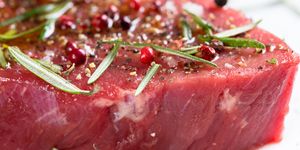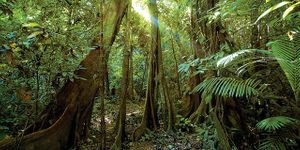The (Bio)chemistry of Seashells
The ingredient of seashells is mostly calcium carbonate, the same chemical you can find in limestone, eggs shells, and gastric antacid pills. Depending on how the atoms are arranged within materials, the resulted density and structure can be entirely different.
For example, calcite is a mineral with a trigonal crystal structure and it is among the most stable polymorph of calcium carbonate; aragonite is another common carbonate mineral. It has naturally occurring crystals that form orthorhombic lattices.
The secretion of protein matrix is the first step for animals like the bivalve mollusks to form their shells. These proteins direct the calcification process through binding the calcium cations in the water. The binding allows seashells to grow a crystal lattice pattern that is unique to the species. What's more, the timing and spot of the protein secretion also determine the type of calcium carbonate crystal formed.
Source: ACSReaction via Youtube








